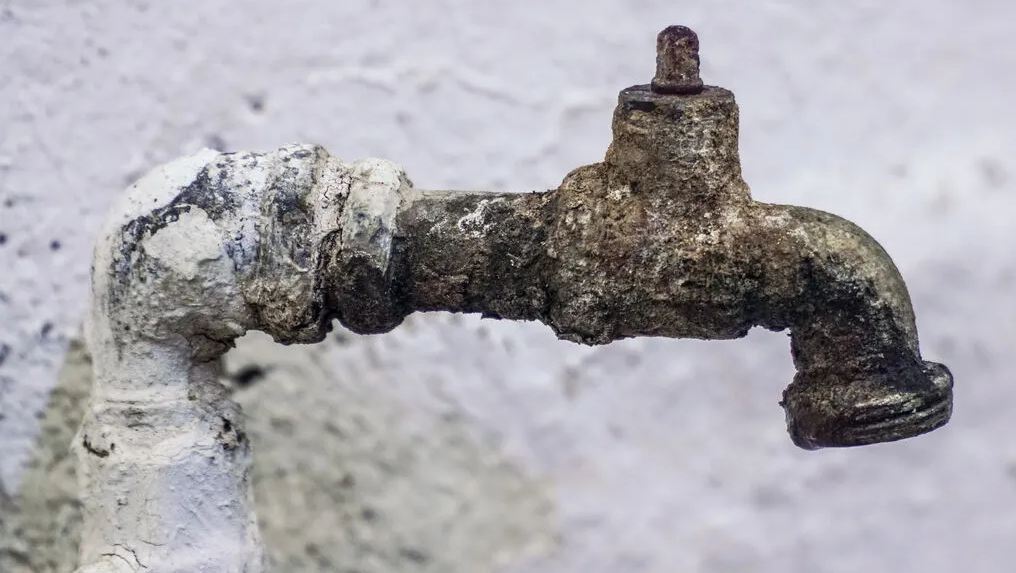efsyn.gr | 29 August 2024
Editor: Giorgos Pagoudis
The martyrdom of the drop for 2,000 refugees in Leros
The situation in the Closed Controlled Facility of Leros is deteriorating every day. Today, some 2,000 refugees trapped there will have only two hours of running water a day to meet their basic hygiene and cleaning needs. To these we must add some 300 workers in the structure, who in turn are also suffering, as the reduction in water supply, even in the toilets, affects them all.
"It is a situation that tends to be a chronic illness", say citizens in solidarity from Leros, who are trying to keep the issue high on the agenda of the island's daily life, in order to speed up the resolution procedures that have theoretically been initiated for a long time, but still - and despite the occasional promises - remain on paper. "Running water is available for just two hours in the morning, and the problem even extends to the bottled drinking water distributed by the authorities," they stress.
Desalination
The problem with running water is not yesterday's problem. It has been pointed out many times by the "Journal of Journalists", most recently in the report "Water by the drip for 1,300 people", 2.8.2024, by Lena Kyriakidis. Since then, however, the number of people has almost doubled.
And while, under normal circumstances, the water supply, which until then was four hours a day, from a two-hour morning and afternoon, should have at least doubled with them, the officials have reduced it to half!
The ordeal of the drip to which these people are subjected began many months ago, when the desalination plant supplying the structure began to have problems. According to the plan and what the mayor of Leros had stated to the 'Eph.Syn', the damage would have been repaired at the beginning of September, but so far nothing suggests that this timetable will be met.
The drastic reduction in the amount of water supplied has had a direct impact on living conditions and to these has been added a shift in the refugee stream, with the flows now mainly directed to the South Aegean.
Read more >>>

